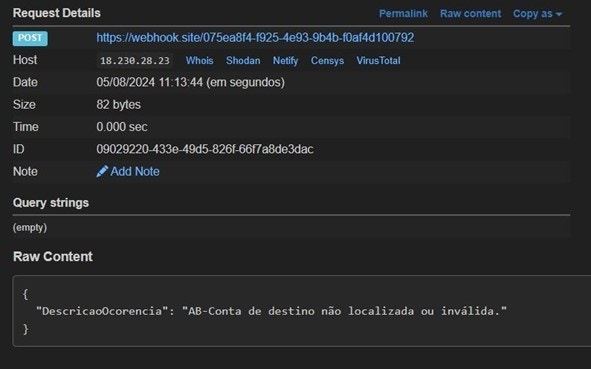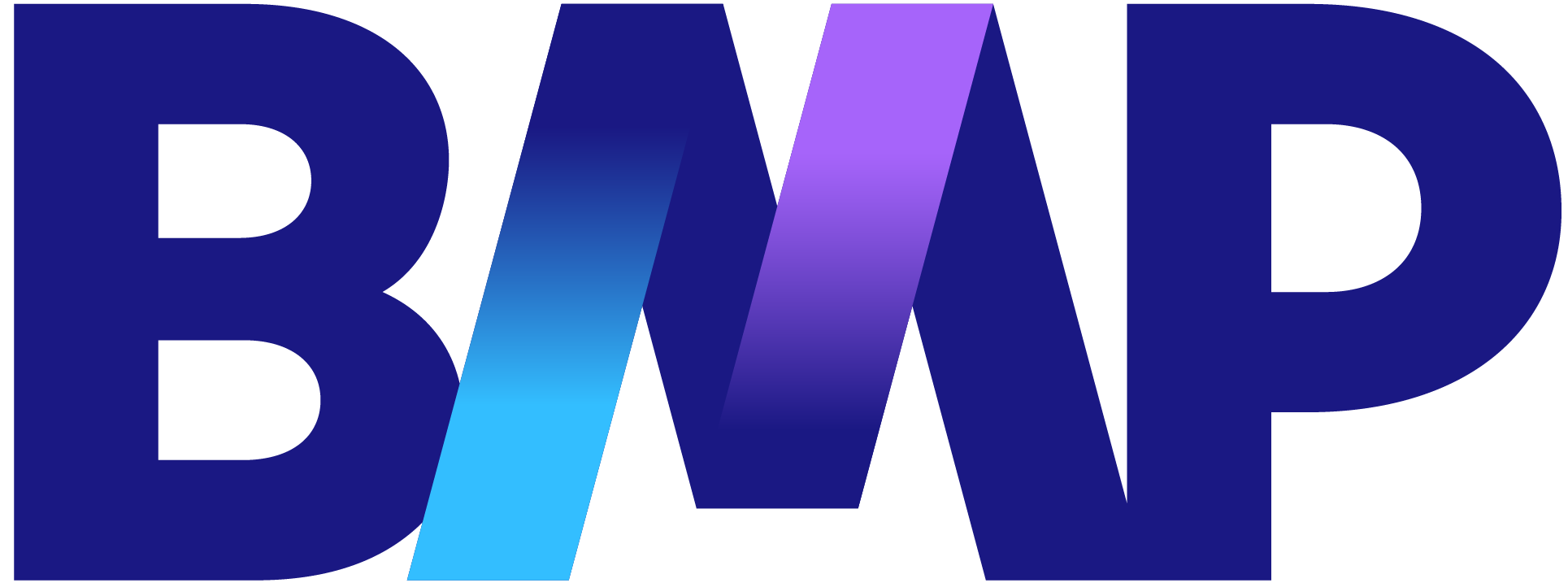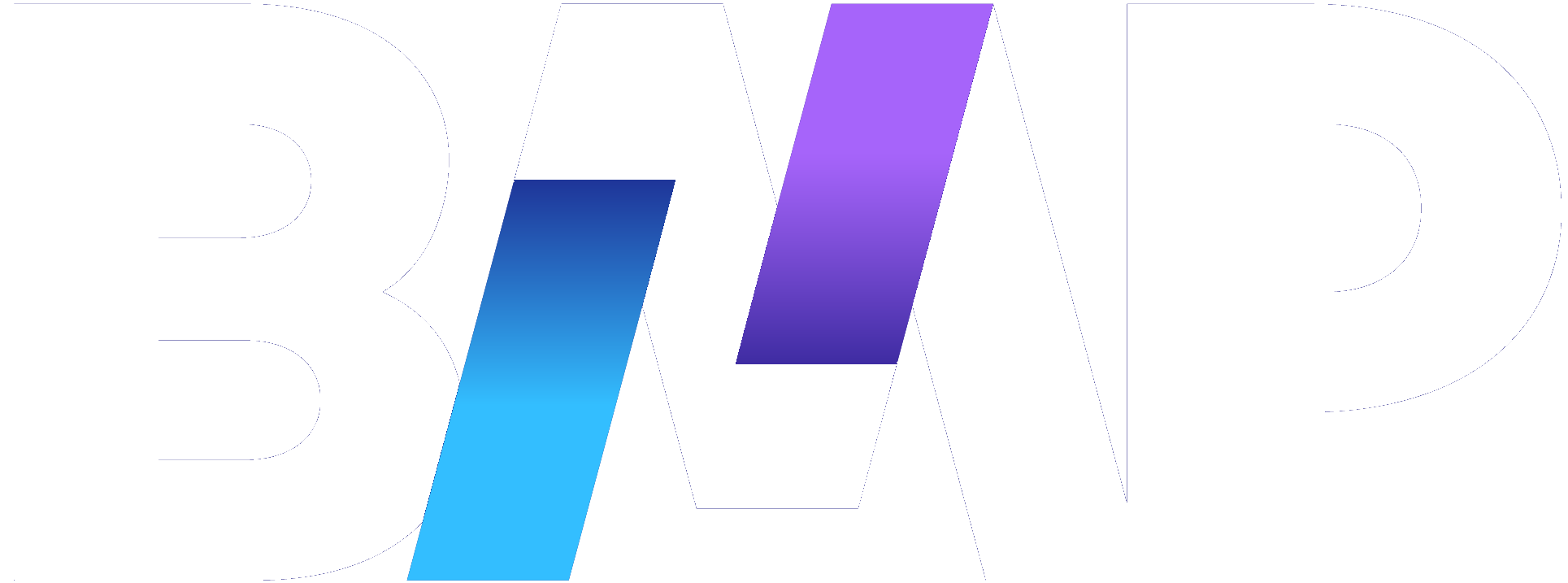Accepted Authentication Methods for the Callback
| Authentication | Key | |
|---|---|---|
| Bearer Token | Authorization | Bearer <token> |
| API Key | API-Key | <your_api_key> |
| Basic Authentication | Authorization | Basic <base64_encoded_username:password> |
| X-API-Key | X-API-Key | <your_api_key> |
| Digest Authentication | Authorization | Digest <digest_hash> |
| JWT (JSON Web Token) | Authorization | Bearer <JWT_token> |
| HMAC (Hash-based Message Authentication Code) | Authorization | HMAC <hash_value> |
| OAuth Tokens | Authorization | Bearer <OAuth_token> |
| AWS Signature | Authorization | AWS <signature> |
| Client Certificates | Certificate | <client_certificate> |
Example of Proposal Callback
Here’s an example of a URL and how we parameterize it for reception: xxxxxxxxxx.com.br?proposal=&status=&identifier= Where: Proposal: Unique GUID of the proposal generated in the response at the time of inclusion of the proposal. Status: ID of the status of the proposal in our system. Identifier: If sent, this field represents the operation code sent when including the proposal.ID Table
| ID | Description | Objective |
|---|---|---|
| 0 | In Draft | Proposal is in draft |
| 1 | Under Review | Proposal has been sent to the review queue |
| 2 | Approved | Proposal has been approved by the credit analysis department |
| 3 | Rejected | Proposal has been rejected by the credit analysis department |
| 4 | Canceled | Proposal has been canceled by the credit analysis department |
| 5 | Pending | Proposal has been marked as pending by the credit analysis department; requires integrator intervention to return to the review queue |
| 6 | Finalized | Proposal has been finalized |
| 7 | Verified | Proposal has been verified by the formalization department |
| 8 | Released | Proposal has been released by the formalization department for payment |
| 9 | Paid | Proposal has been paid by the financial department |
| 10 | Assigned | Proposal has been assigned to the fund |
| 11 | Payment Pending | Proposal has been marked as pending payment due to inconsistencies in banking data; requires integrator intervention to provide the correct payment data and return to the payment queue |



